Social Media and Art and Culture
Social media has changed the way we interact with art and culture in today's society. There are both positive and negative impacts of social media on art and culture, from recent events and trends, to our understanding of how art and culture will evolve in the future. Let's take a look at the effects of social media on art and culture.
Positive Impacts of Social Media on Art and Culture
Social media has given art and culture a platform to reach a much larger audience than before. Artists and creators can share their work on social media, which can lead to more exposure and engagement. In addition, social media has made it easier to connect with like-minded people, allowing for more collaboration and networking opportunities. Furthermore, social media has enabled more people to access art and culture in their own homes, due to the proliferation of streaming services, virtual exhibitions, and online classes.
Negative Impacts of Social Media on Art and Culture
Social media also has the potential to be a double-edged sword. One of the major issues is the commodification of art and culture, as it becomes a way to make money or gain clout. Additionally, the immediacy of social media can lead to more superficial interactions with art and culture, as people can quickly scroll through posts and not take the time to fully appreciate or understand the work. Finally, there is also the risk of censorship and the suppression of certain ideas or points of view.
Recent Events and Trends
Social media has been a major force in shaping how we experience art and culture. For example, the spread of the Black Lives Matter movement was heavily influenced by social media, with many artists creating works that reflected and amplified the message. Similarly, the rise of TikTok has led to a resurgence of certain trends and styles, as well as the emergence of new creators who have been able to share their work with a much larger audience.
Influence on the Future of Art and Culture
Social media will continue to shape how we interact with art and culture in the future. It is likely that more people will be using social media to access art and culture, and there will be more opportunities for collaboration and networking. Additionally, there may be more instances of censorship and commodification, as well as more superficial interactions with art and culture. However, it is also possible that social media will be used as a tool for amplifying important messages and creating meaningful connections with art and culture.
In conclusion, social media has had a major impact on art and culture, both positive and negative. Recent events and trends have shown us how social media can influence our interactions with art and culture, and this influence will likely continue in the future. As we continue to explore the effects of social media on art and culture, we will gain a better understanding of how this influence will shape our interactions with art and culture in the future.
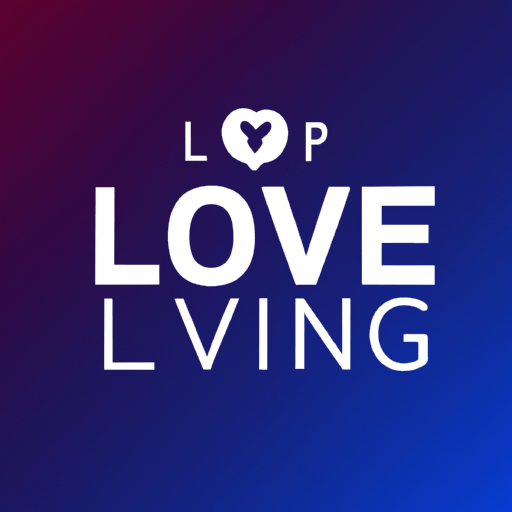
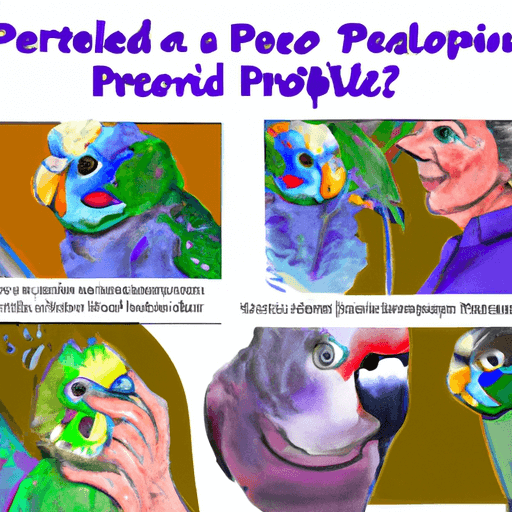
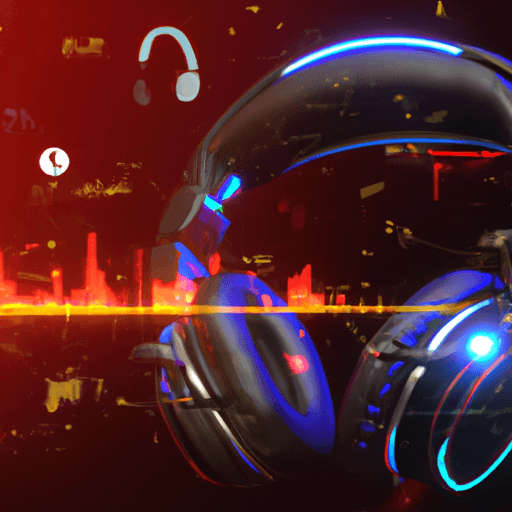
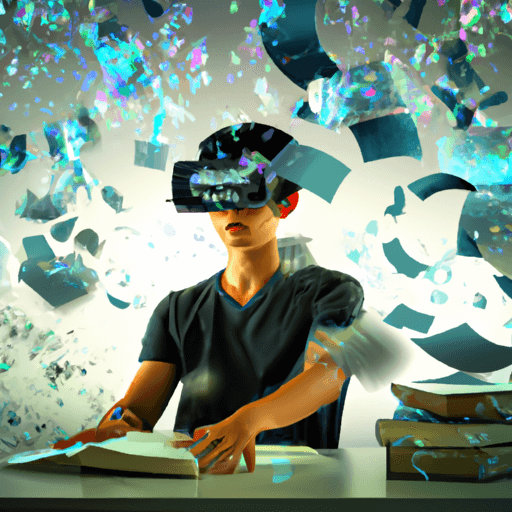

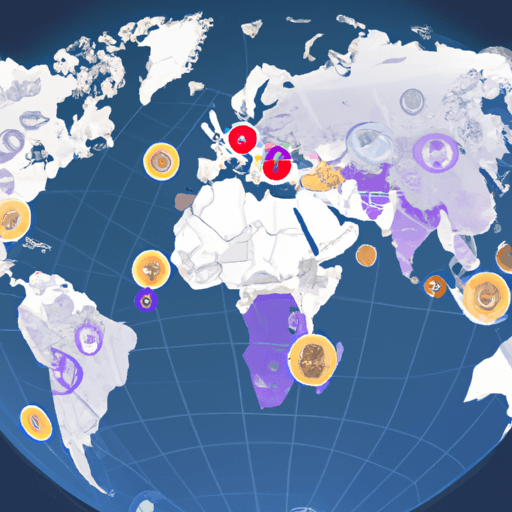
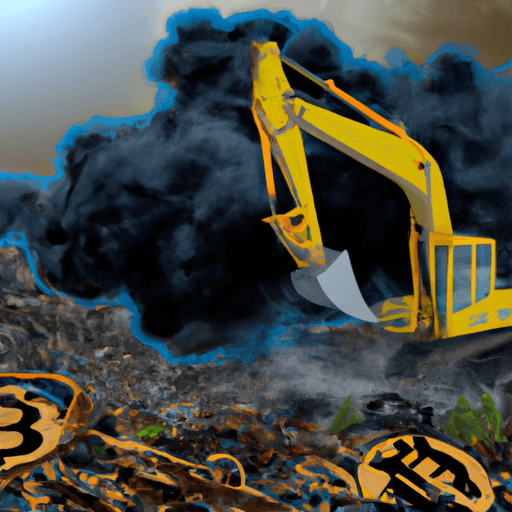


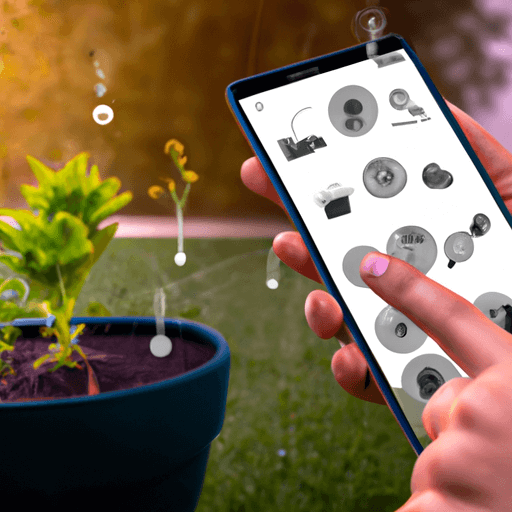

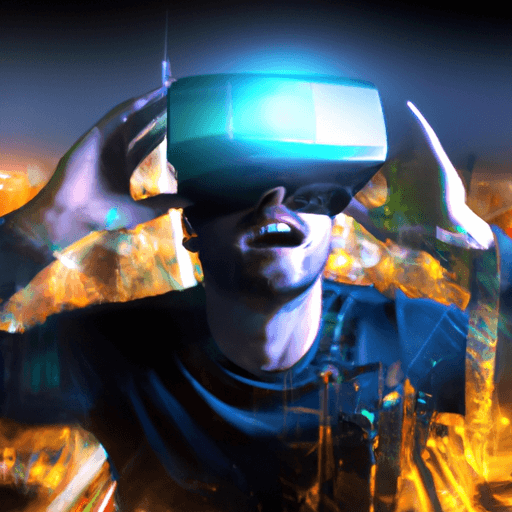
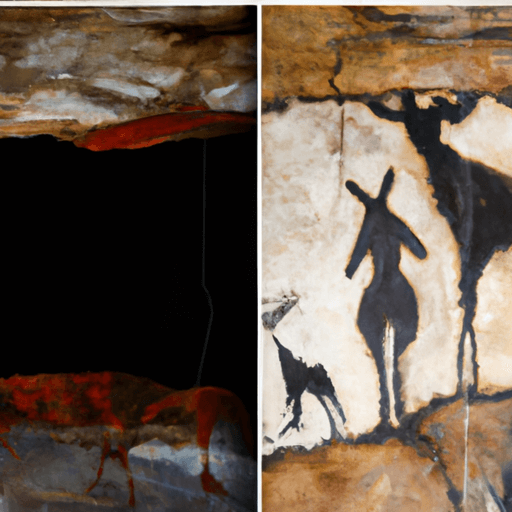
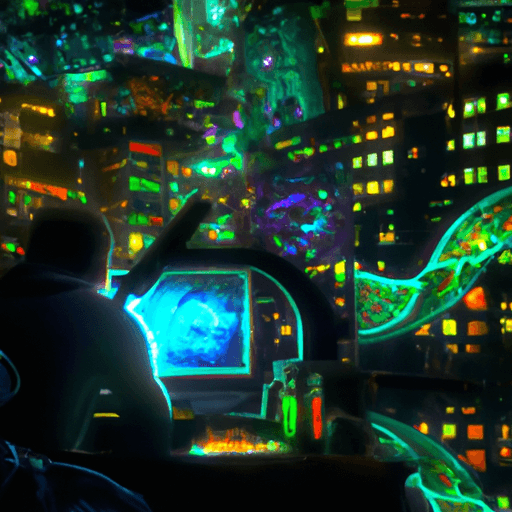

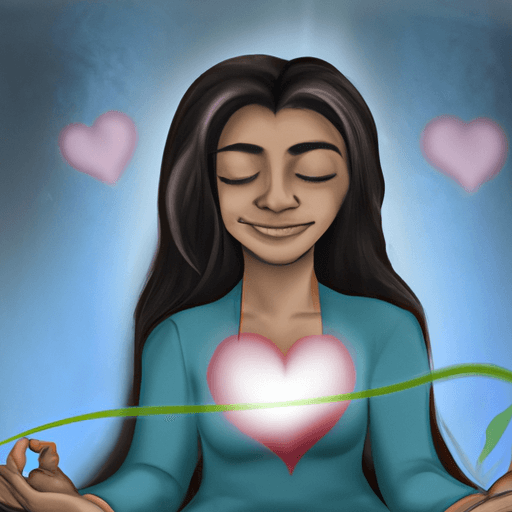

Comments
Leave a Comment